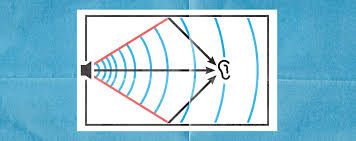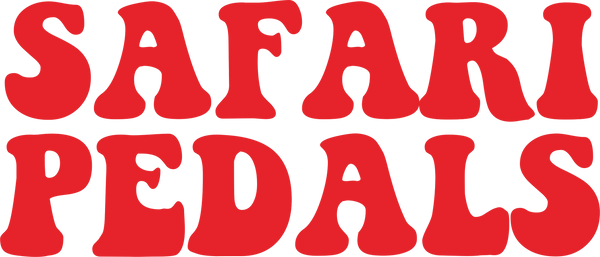
Harmonious Echoes: The Art of Melding Reverb with Its Audio Allies
Sam LooseReverb - we all know it, most of us probably love it. Some of us use it on its own, some in collaboration with other effects. Personally, I feel that where reverb really shines is where it’s used as a collaborator, part of a larger machine, and you may be using it this way without even knowing it.
One of reverb’s closest companions in the audio world is undoubtedly delay. Reverb is, in essence, multiple delays that react with an acoustic environment to create this lush effect that follows our vocals so beautifully. It makes sense that a delay would work well with reverb as it’s like reverb’s simpler, slightly less convoluted cousin. I find that the best way to use the two effects together is to set up two buses, one with reverb and one with delay, then send the delay bus into the reverb bus. Instantly you’re smoothing off the transients of the delay and creating soundscapes, as opposed to a choppy echo.
Chorus is well known for being a great companion to reverb in plugins such as Fox Chorus Echo, where the user can bring in a little (or a lot) of reverb alongside the chorus to add to the ethereal charm of the unit and really expand the dreamy tones that are possible. The reverb in this case sits on top of the chorus and extends the sounds to allow it to float through the speakers as tail off beautifully.
Dynamic tools such as compressors and gates are not uncommonly found sitting before or after a reverb on a channel. A noise gate after a reverb gives massive Phil Collins vibes on a snare with a sharp cut off after a massive whoosh of reverb. Similarly, we’ll often see engineers compressing a room mic heavily to achieve a fat, pumping drum room tone, which is taking all the reverb-like characteristics of a room and extending them through dynamic control. But what about taking this compression one step further? What’s a step on from compression? Limiting? Or what about distortion?
Distortion is in many ways an extreme form of compression. It will square off waveforms in such a way that brings up harmonic information around them and creates the familiar over driven sound that we know and love. The Dirty Dog Verb does exactly that in a couple of different ways, which will achieve a different sound. First you have the pre-drive, which will drive the signal coming into the reverb. This will allow you to add saturation and harmonic colouration to the sound before it hits the reverb so that when it does, it’s already got a great driven tone, and that tone is then imparted onto the reverb. In this configuration you are adding reverb on top of your drive. In the second configuration of the plugin you can achieve saturation and drive after the reverb has taken place, so in this instance you are adding drive to not only the dry signal, but also to the reverb effect itself. This will have a very different effect on the sound, and will get dirty REALLY fast! These two ways of approaching the collaboration between reverb and distortion are important, because the order of processing in a chain is almost as important as the chain itself. By distorting the inputted signal you’re leaving the reverb clean and free of saturation, other than on the inputted signal, no drive is applied to the reverb itself. Or alternatively you can do the complete opposite and apply the drive specifically to the reverb to dirty it up in a really unique way. Or, if you want to go completely crazy, you can do both! And this is where the Dirty Dog REALLY gets its name. On drums this sound is really going to bark at you, and give you such a dirty reverb tone that’s going to provide all the aggression you need.
So reverb isn’t quite the lone wolf you may think it is. Sure it sounds great on its own and can add space, dimension, and length to a signal, but once you add other effects in with it, his is where the possibilities really start to open up.
